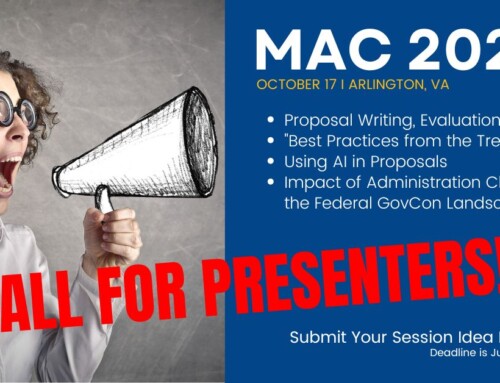People resist change. Why? There are many reasons, but some of the more popularly cited reasons are fear (of loss or failure) and avoiding discomfort. But, change is essential for any organization because without change an organization will fall behind its competition and then risk failing to meet customers’ evolving needs. This leads to losing customers, then losing market share, which could end in the closing down of the enterprise.
Change management is the process by which organizations should introduce and implement change within their ecosystem to ease the transition and “[help] employees understand, commit to, accept, and embrace changes in their current business environment.” In the article 10 Principles of Leading Change Management, authors DeAnne Aguirre and Micah Alpern explain that only 54% of major change initiatives are successful. This can be attributed to three major hurdles: 1. change fatigue; 2. Lack of skills to sustain the change over time; and 3. Little-to-no operational buy-in. I imagine we’ve all seen this play out in some way or another within the proposal development world. Especially when the added pressure of improving win rates, reducing B&P costs, and increasing efficiency is thrown into the mix, it can seem like there are a never-ending number of recommendations made for changes to our sales and proposal lifecycle, processes, tools, or techniques; and change fatigue – the exhaustion people feel when pressured to make too many transitions at once – sets in.
Assuming an organization is cautious of the number of changes undertaken at a time, the change may still be ineffective if the company lacks the skills to ensure that change can be sustained. For example, imagine that an organization decides to adopt a content management tool to improve proposal development with the idea of leveraging pre-written, reusable content. Imagine further that this organization takes all the right steps for setup, including acquiring the tool, populating it with content, and conducting user training. However, if the organization has not considered the long-term investment – such as dedicated personnel and a defined process to curate and maintain the content – the system will become obsolete and the change will fail.[intense_blockquote width=”33%” rightalign=”1″]Yes, change can be hard, but it can be so essential to corporate, professional, and personal growth.[/intense_blockquote]
The third reason for unsuccessful change initiatives is that decisions are made by the C-Suite with little to no involvement of lower levels. These types of change initiatives will ultimately be ineffective because it ignores the insight for a practical level of what it will take to operate effectively with the change. Leadership may set the strategy, but if they do not engage the operational levels to inform the design based on their expertise of the actual day-to-day realities of the environment, there will be a disconnect between the goal and how it can be accomplished within the current organizational ecosystem. For example, if the leadership decides to implement a new proposal review system but does not engage the proposal management team who have to implement it, they may not consider the solution verification reviews and sign-off process that run in parallel tracks to the proposal development cycle. This could cause a disconnect in the outputs of the two systems; and without understanding how these two systems interplay, it could result in more work on the proposal teams to reconcile the outputs, thereby reducing the overall efficiency they were targeting to improve with the new system.
Aguirre and Alpern delineate 10 principles that should guide any change management initiative to achieve success. There are many good ideas proposed in the article, but I want to focus on the two that I think are essential in proposal development operations. The first is Act your way into new thinking. At our core, proposal people are planners. We outline, map, and document every step and substep of a process striving for a standardized, methodical, approach. It is our neverending drive to bring order to the chaos that defines our personality. However, if we are overly prescriptive the quality of our product becomes slave to the process, and that can undermine the big picture we are trying to accomplish with changes we are implementing. Just as the old proposal writing adage goes: don’t tell me, show me. Instead, “defin[e] a critical few behaviors that will be essential to the success of the initiative. Then conduct everyday business with those behaviors front and center.” The organization will have much more success at implementing the change “because employees will believe real change is occurring only when they see it happening at the top of the company.”
Related to this principle is the second I want to call out: Lead outside the lines. Like “Act your way into new thinking“, Lead outside the lines focuses on taking action and living the change. It is important to recognizes that not all influencers within an organization are in the formal leadership. In fact, it is often that the key colleagues within an organization who collaborate across and among groups are individual contributors who deliver the ultimate product (pricing volume, solution design, detailed SLAs, etc.) and who have a much greater influence on the success of the operation than the few folks sitting in senior leadership. These are the informal leaders of an organization, and they play a very important part in adopting change. “Find out who [the informal leaders in your organization] are before you implement change and get them on board.”
Yes, change can be hard, but it can be so essential to corporate, professional, and personal growth. If you want to effect change within your organization, make sure you are bringing the culture and mindset necessary to understand, implement, and sustain the change for long-term success.




Leave A Comment